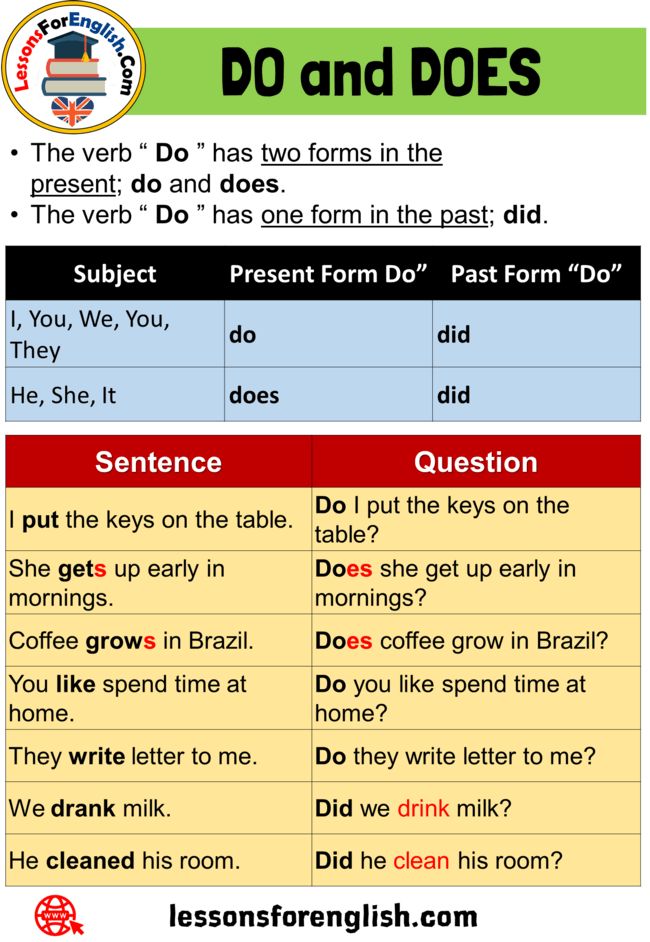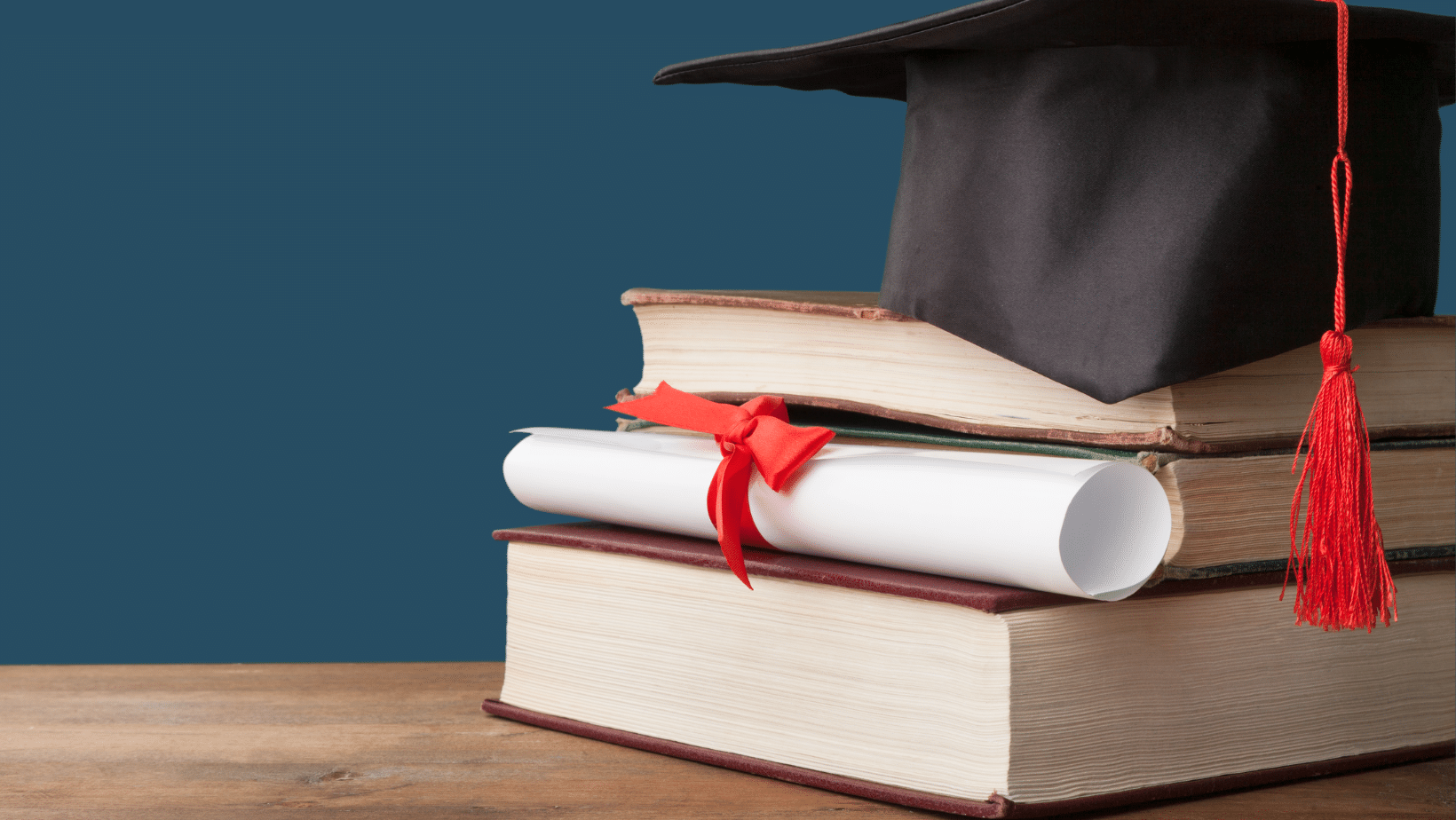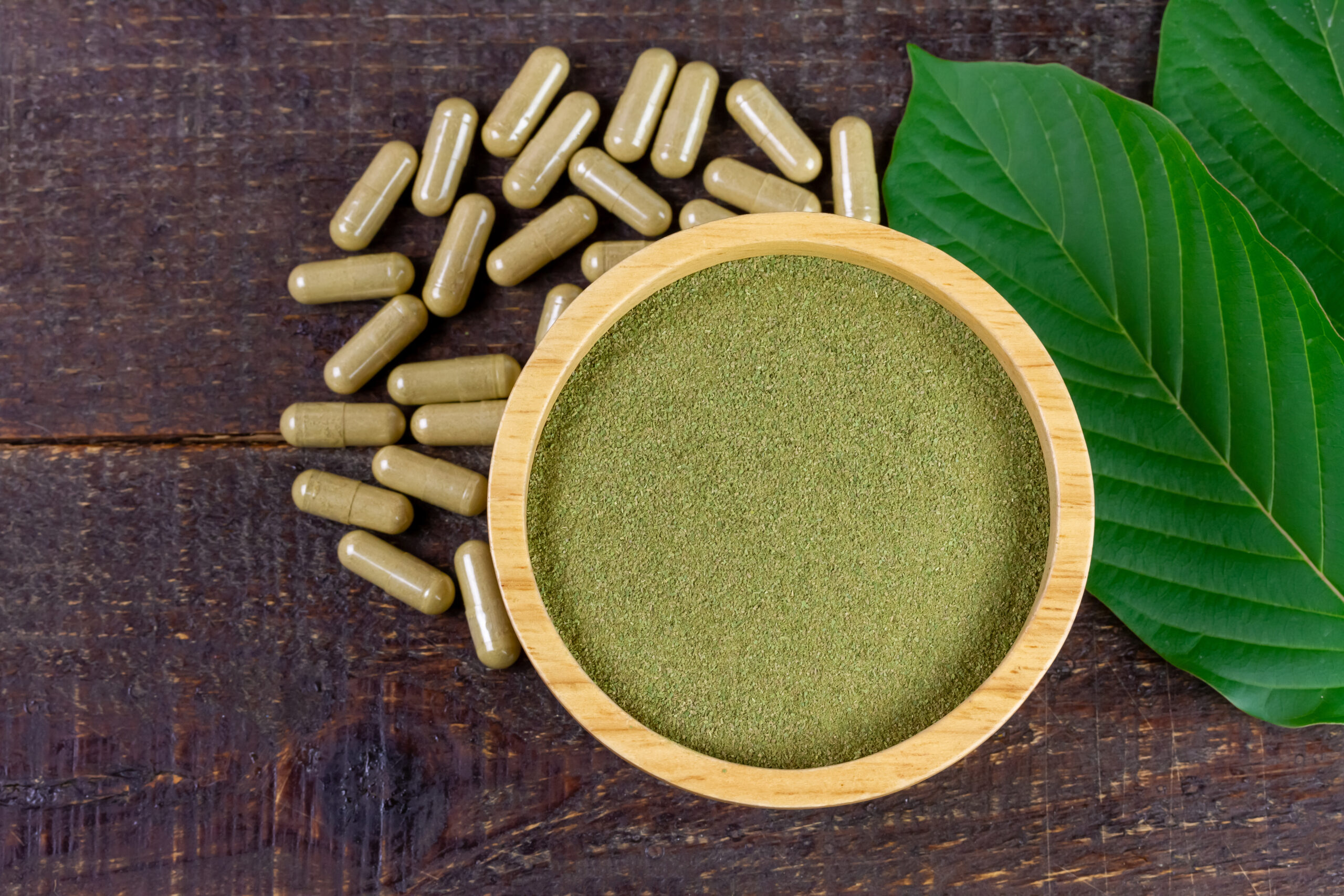Mastering the Executive Summary: The Key to a Cohesive Marketing Plan
Introduction: The Role of a Synopsis in Marketing Plans
Every effective marketing plan begins with a section that provides a concise synopsis of the details to be outlined later. This element is known as the executive summary . The executive summary is not just an introduction-it is a vital tool that offers stakeholders, leaders, and potential investors a snapshot of your entire marketing strategy. By distilling complex concepts and strategic intentions into a digestible format, the executive summary helps readers quickly understand the plan’s direction and value, often determining whether they will continue reading or invest further time and resources [3] .
What Is an Executive Summary?
The executive summary is a one- to two-page overview that encapsulates the most important elements of a marketing plan. Its main purpose is to summarize the plan’s objectives, key findings, strategies, and anticipated outcomes. While it leads the document, best practice is to write it last, ensuring all essential content is included [4] .
Key components often found in a marketing plan executive summary include:
- Business background and context
- Description of products or services
- Market trends and key research highlights
- Target audience overview
- Strategic objectives and main tactics
- Key performance indicators (KPIs)
- Financial projections and anticipated impact
This structure ensures the summary provides a clear, high-level understanding of what follows in the comprehensive marketing plan [1] .
Why Is the Executive Summary Essential?
The executive summary’s value extends beyond mere convenience. It acts as a bridge between detailed marketing tactics and the strategic vision, ensuring all stakeholders are aligned from the outset. According to industry research, plans with strong executive summaries experience a 40% reduction in approval time and a 25% increase in allocated budgets , demonstrating its impact on decision-making [3] .
Benefits of a well-written executive summary include:
- Clarity : Quickly communicates the plan’s essence, saving readers time.
- Alignment : Ensures all team members and stakeholders have a unified understanding of objectives.
- Buy-In : Increases the likelihood of support from leadership and investors.
- Guidance : Sets the stage for further details, making the document easier to navigate [5] .
How to Create an Effective Executive Summary
Building an executive summary requires a systematic approach. Follow these steps to ensure your summary is comprehensive and compelling:
1. Write the Summary Last
Although the executive summary appears first in the document, draft it after completing the entire marketing plan. This ensures all critical elements are accurately represented [4] .
2. Start with a Strong Opening
Begin with a statement that highlights your unique value proposition or the most compelling aspect of your marketing plan. This could be a market opportunity, a disruptive strategy, or a bold objective [2] .
3. Provide Business Context
Briefly describe your organization, its mission, and its current market position. Highlight relevant history or expertise that establishes credibility.
4. Summarize Market Trends and Research
Share key market trends, opportunities, and threats that inform your strategy. This context helps readers understand the rationale behind your tactics and decisions.
5. Outline Major Objectives and Strategies
Clearly state your short-term and long-term marketing goals. Summarize the main strategies you will use to achieve these goals, such as digital campaigns, content marketing, or strategic partnerships. Include any significant marketing models or frameworks, such as the AIDA model or sales funnel, if used [2] .
6. Highlight Key Metrics and Financial Projections
Identify the key performance indicators (KPIs) you will track and provide high-level financial forecasts, such as expected revenue growth or market share increases.

Source: coursehero.com
7. Address Challenges and Solutions
Mention potential risks and outline contingency plans or strategies to address them. Demonstrating foresight and preparedness increases stakeholder confidence.
8. Keep It Brief and Focused
Limit your summary to one or two pages. Prioritize clarity and brevity, ensuring every sentence adds value.

Source: wisebusinessplans.com
Real-World Example
Consider a technology company seeking to launch a new product. Their executive summary might open with a statement about a gap in the market for efficient remote collaboration tools. The summary would then outline their goal to capture a specific market segment through targeted advertising and strategic partnerships, mention the projected revenue increase, and briefly address potential challenges like competitor response or changing consumer preferences. By presenting this information succinctly, the executive summary engages the reader and sets a persuasive tone for the detailed plan that follows [5] .
Step-by-Step Implementation Guide
To create your own executive summary, follow these actionable steps:
- Review Your Marketing Plan : Read your completed plan and note the most critical points from each section.
- Draft Your Summary : Write concise paragraphs that capture the essence of each main section-business overview, market research, objectives, strategies, metrics, and financials.
- Refine for Clarity and Brevity : Edit for clarity, removing jargon and unnecessary detail. Ensure the summary stands alone as a coherent narrative.
- Get Feedback : Share the draft with colleagues or mentors for input. Revise to address gaps or unclear points.
- Finalize and Format : Ensure the summary is visually appealing and free of errors. Include a clear header with your company name and contact information for accessibility [4] .
Alternative Approaches and Tips
Some organizations may choose to tailor the executive summary for different audiences. For example, a summary prepared for investors may highlight financial projections and ROI, while one for internal teams may focus on operational goals and timelines. Consider the audience and adapt your tone and emphasis accordingly [2] .
If unsure where to start, consult marketing plan templates from recognized business education providers or professional organizations. Many offer sample executive summaries and guidance on best practices.
Common Challenges and Solutions
Challenge: Including too much detail and exceeding the recommended length. Solution: Focus on high-level summaries and use appendices for supporting data.
Challenge: Failing to connect the summary to broader business objectives. Solution: Ensure every section of the summary ties back to the company’s mission and strategic goals.
Challenge: Overlooking potential risks or challenges. Solution: Acknowledge major risks and briefly describe mitigation plans to demonstrate preparedness.
How to Access Further Resources
If you need additional guidance, you can:
- Consult official business development agencies, such as the U.S. Small Business Administration, for templates and advice.
- Search reputable business education websites for marketing plan examples.
- Reach out to local small business development centers or marketing consultants for personalized support.
- Use established job boards or professional communities to find mentors with experience in marketing plan development.
Be sure to use official agency names and verified business education platforms in your research. If you have access to industry-specific associations, they may also provide sector-tailored templates and executive summary samples.
Summary: Maximizing the Impact of Your Executive Summary
The executive summary is the element of a marketing plan that offers a synopsis of all details to be outlined later. By following best practices and focusing on clarity, brevity, and alignment with strategic objectives, you can craft an executive summary that accelerates buy-in, secures resources, and sets your marketing plan up for success.
References
- [1] Indeed (2025). How to Write a Marketing Plan Executive Summary (With Tips).
- [2] Ecommerce Nation (2023). How to Write an Executive Summary for a Marketing Plan.
- [3] Business.com (2024). How to Write a Marketing Plan Executive Summary.
- [4] Indeed (2025). How To Create an Executive Summary for a Marketing Plan.
- [5] Lion Spirit Media (2024). Creating a Marketing Strategy – The Executive Summary.
MORE FROM todayhiring.us













